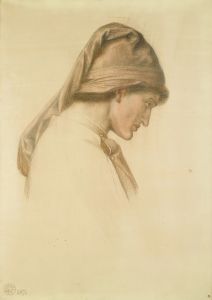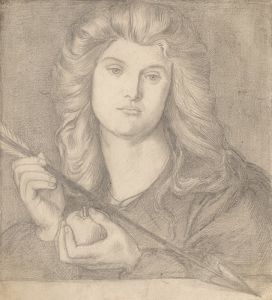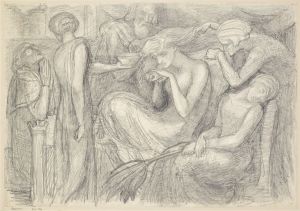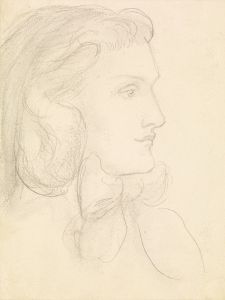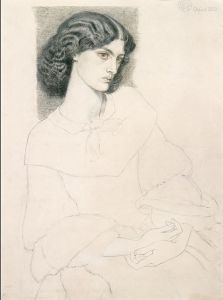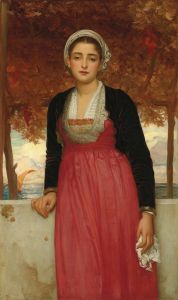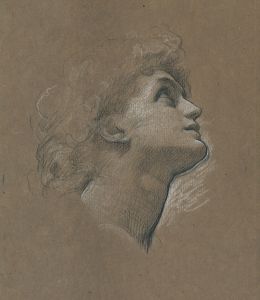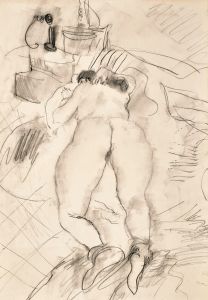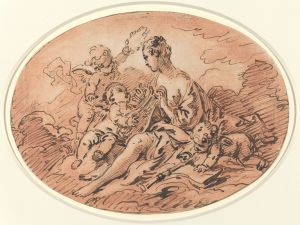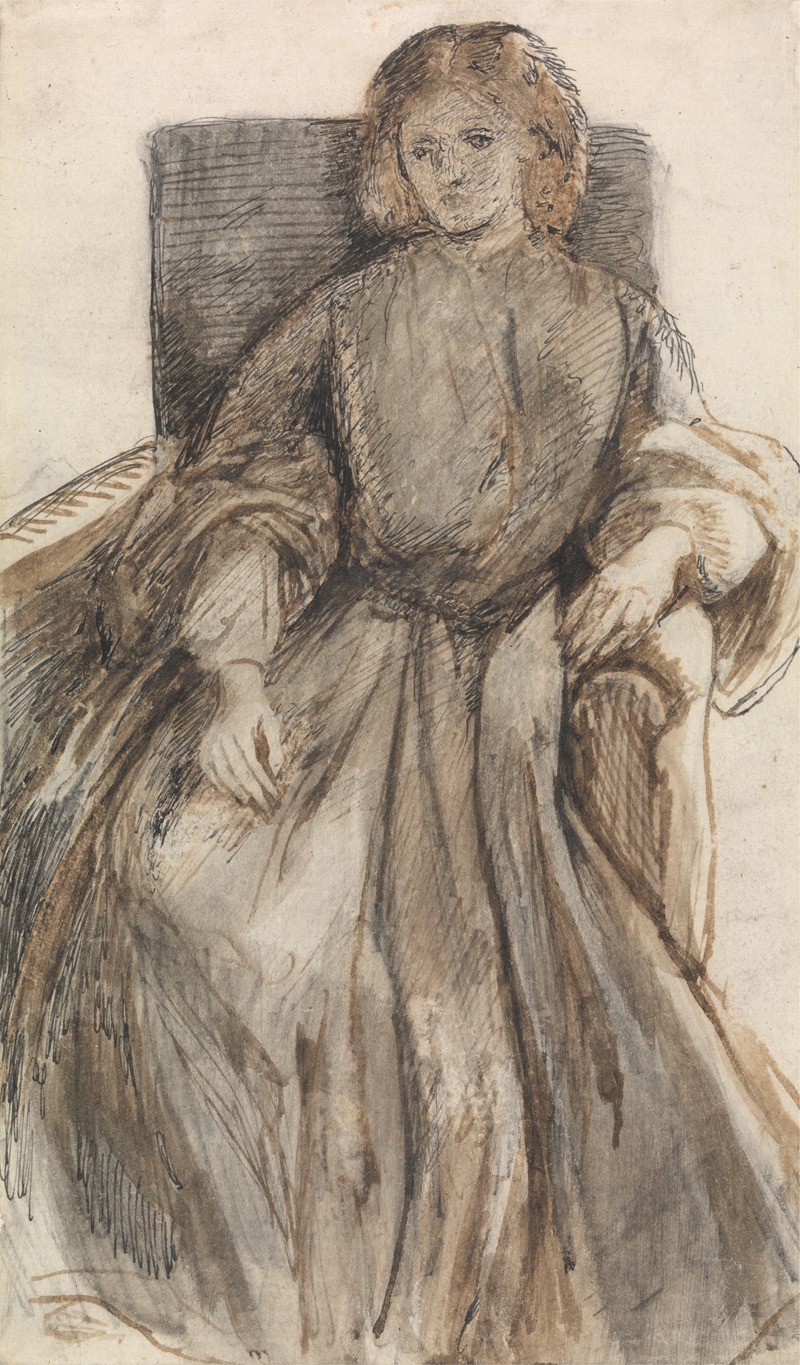
Miss Elizabeth Siddal
A hand-painted replica of Dante Gabriel Rossetti’s masterpiece Miss Elizabeth Siddal, meticulously crafted by professional artists to capture the true essence of the original. Each piece is created with museum-quality canvas and rare mineral pigments, carefully painted by experienced artists with delicate brushstrokes and rich, layered colors to perfectly recreate the texture of the original artwork. Unlike machine-printed reproductions, this hand-painted version brings the painting to life, infused with the artist’s emotions and skill in every stroke. Whether for personal collection or home decoration, it instantly elevates the artistic atmosphere of any space.
Dante Gabriel Rossetti, a prominent figure in the Pre-Raphaelite Brotherhood, created a series of artworks featuring Elizabeth Siddal, who was both his muse and later his wife. One of the notable works in this series is "Miss Elizabeth Siddal," a drawing that captures the ethereal beauty and enigmatic presence of Siddal, who played a significant role in Rossetti's life and art.
Elizabeth Siddal was born on July 25, 1829, in London, England. She became a central figure in the Pre-Raphaelite movement, not only as a model but also as an artist and poet in her own right. Siddal's association with the Pre-Raphaelites began when she was discovered by Walter Deverell, another artist of the movement, who introduced her to Rossetti and his circle. Her striking features and distinctive red hair made her an ideal muse for the artists, and she quickly became the face of many iconic Pre-Raphaelite works.
Rossetti's drawing of Elizabeth Siddal is characterized by its delicate lines and attention to detail, capturing her likeness with a sense of intimacy and reverence. The artwork reflects Rossetti's admiration for Siddal, not only as a model but also as a person of deep artistic and intellectual capacity. This drawing, like many others of Siddal, showcases the Pre-Raphaelite emphasis on naturalism and beauty, focusing on capturing the subject's true essence rather than adhering to the idealized forms common in academic art of the time.
The relationship between Rossetti and Siddal was complex and deeply intertwined with their artistic endeavors. Siddal modeled for several of Rossetti's paintings and drawings, becoming an integral part of his artistic vision. In addition to modeling, Siddal pursued her own artistic career, producing paintings and poetry that were exhibited alongside the works of her male counterparts. Her contributions to the movement were significant, although they were often overshadowed by her role as a muse.
Rossetti and Siddal's relationship culminated in their marriage in 1860. However, their union was marred by Siddal's ill health and struggles with depression, which ultimately led to her untimely death in 1862 from an overdose of laudanum. Her death had a profound impact on Rossetti, influencing his subsequent works and leading to a period of intense mourning and artistic introspection.
The drawing "Miss Elizabeth Siddal" remains a testament to the deep personal and artistic bond between Rossetti and Siddal. It is a poignant reminder of Siddal's influence on the Pre-Raphaelite movement and her enduring legacy as both a muse and an artist. The artwork is often studied for its representation of the Pre-Raphaelite ideals and its reflection of the personal dynamics between artist and muse during this vibrant period in art history.
Today, Elizabeth Siddal is recognized not only for her role as a model but also for her contributions to the arts, with scholars and art enthusiasts continuing to explore her life and work. Rossetti's depictions of her, including "Miss Elizabeth Siddal," remain significant pieces within the broader context of 19th-century British art, offering insights into the cultural and artistic milieu of the time.





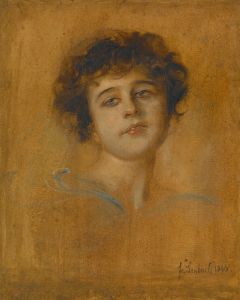
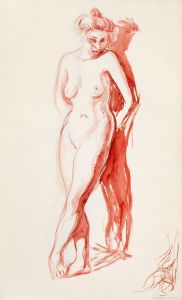
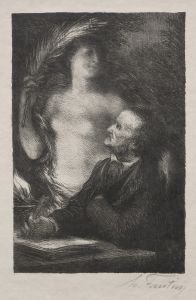

![La Donna Della Finestra [The Lady of Pity]](/imgs/236107/s/dante-gabriel-rossetti-la-donna-della-finestra-the-lady-of-pity-5b3f0a45.jpg)
